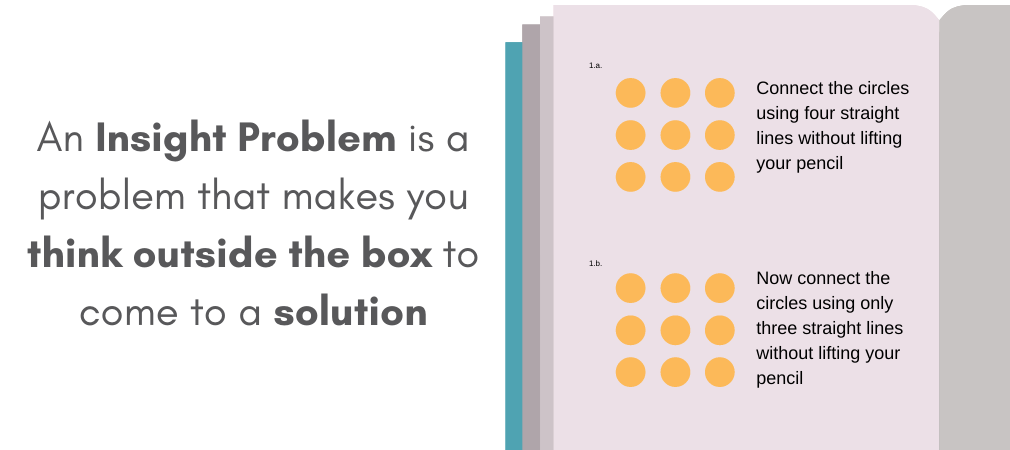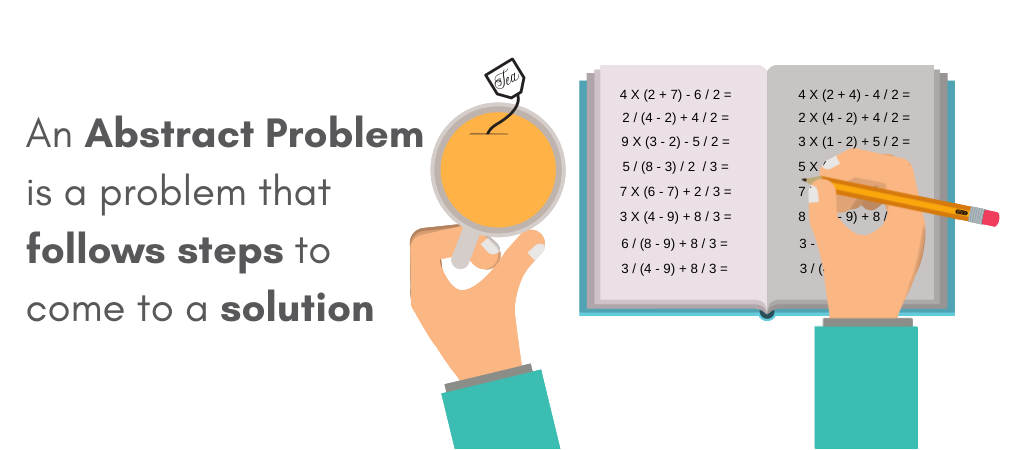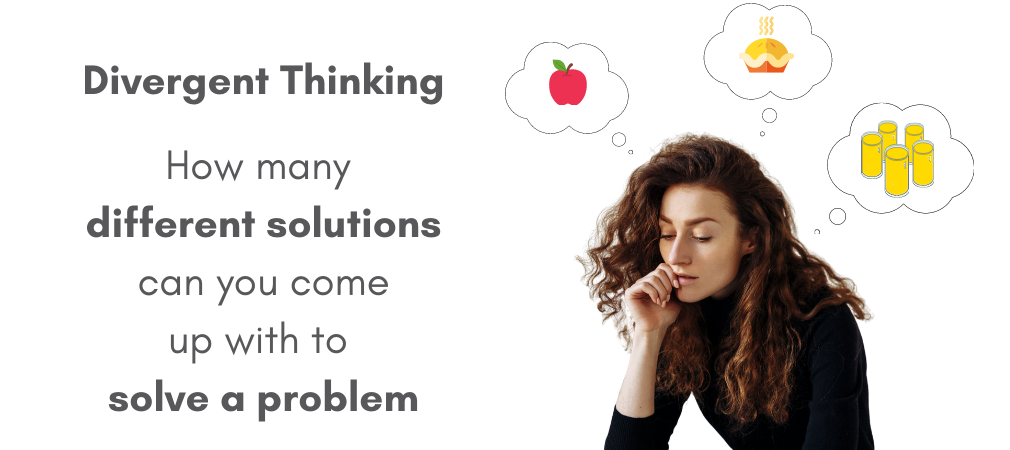The Best
Emotional State
To Improve Creativity
To Improve Creativity
The need to be creative is quite underrated in our daily lives.
Whether it be juggling your schedule to get things done, finding ways to get your child to eat their vegetables or coming up with interesting new ways to exercise, creativity often spills into many different facets of our life.
And interestingly, scientific studies show that there is one emotional state that is best for improving creativity.
If you’re guessing, the answer to this one might not be too big of a surprise if you are a fan of the Big Bang Theory… or you happen to be over 40 years old.
The answer is boredom!
For fans of the Big Bang Theory, Sheldon once worked briefly as a waiter (a task he considered boring) to kick-start his creativity and solve a challenging physics problem.

For people 40 and over, when you were a child, if you told your parents you were bored, you were probably told to go outside and do something (which could stimulate creativity by exploring something new, making up a game or possibly finding new and unique ways to get in trouble!).
Mann and Cadmarr (2013) had study participants copy phone numbers out of the telephone book for 15 minutes (their boring task), while a control group went straight to completing a creativity task.
Results showed that the group who completed the boring task first performed better on the creativity task, which for this study involved finding as many different uses as they could for a polystyrene cup.
Take-Home Message
If you need a jolt of creativity or find yourself stuck on a problem, consider doing something you find boring for a while to allow your insightful thinking process to kick into gear.
Generally speaking, if you try too hard to force creativity, you’re likely to come up empty.




